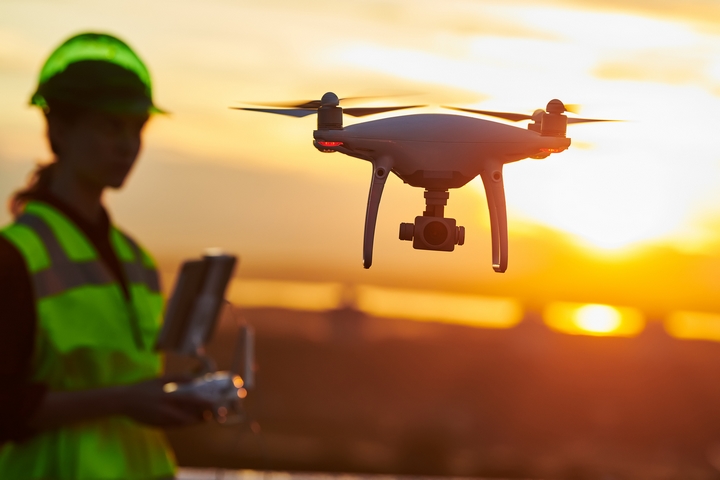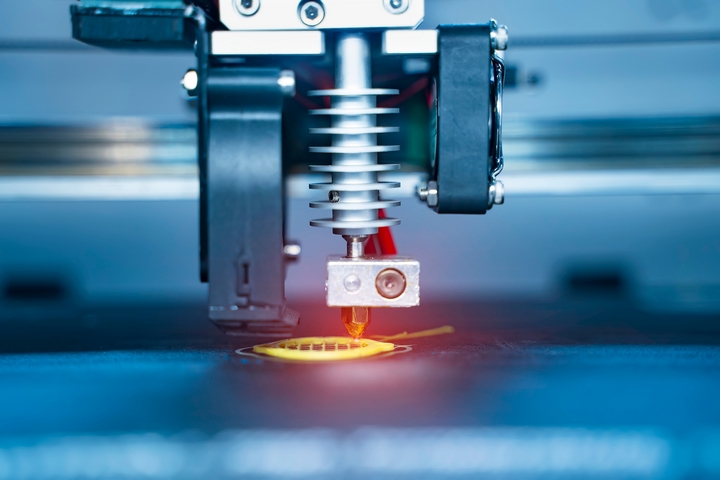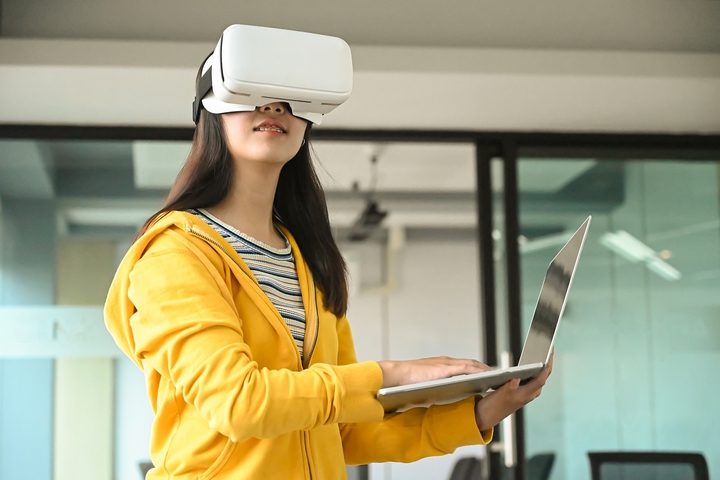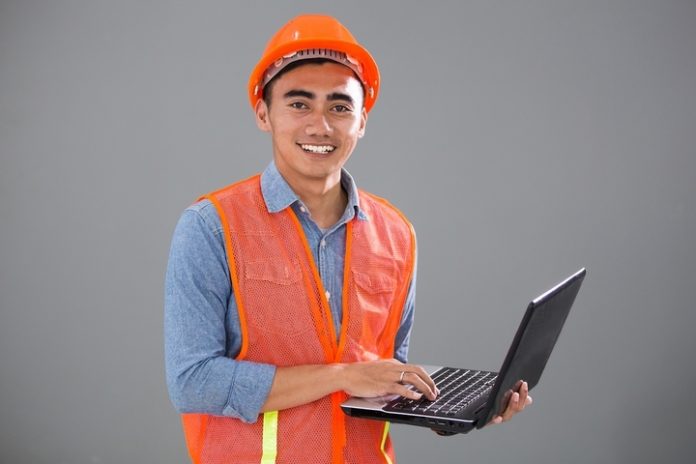Despite the technological advances in the construction industry, it’s still common for companies to rely on paperwork, spreadsheets, and manual data entry. Lack of training and low IT budgets have contributed to the dismal adoption levels of new technology and methods in the industry.
What most people don’t realize is that modernizing their current processes has real practical applications and benefits. It improves overall control over projects, the efficiency of workflows, and the safety of workers. It saves time and money.
A construction company looking to stay competitive has to find ways of integrating new technology and approaches in their strategy and workflows.
The following are the latest technology used in building construction sector:
1. Construction Drones

One of the latest technology used in building construction are drones. The use of drones in the construction industry has been growing rapidly. Drones are capable of conducting site surveys more accurately and quickly than a crew on the ground. Drones are also cheaper than aerial imaging. The high-resolution cameras can collect data and create topographical or interactive 3D maps and models.
Drones can also take volume measurements. They make it possible to inspect places like bridges and tall buildings, which would otherwise be difficult to reach without endangering lives. They can also be used to monitor progress on job sites and supervise workers.
2. Mobile Construction Technology

Mobile technology is becoming more of a norm in the construction industry, and for good reason. The portability of smartphones and tablets allows for better communication and makes it possible to work from anywhere.
Integrating mobile technology into your current processes is simple and requires only a small upfront investment. It also provides major benefits like boosting productivity in daily operations. If you’re just starting to implement technology in your construction projects, this will be a good place to start. With the capability of providing real-time updates between the construction site and the office, mobile technology saves time and keeps the project moving forward faster.
3. Building Information Modelling

While building information modelling (BIM) is similar to computer-aided design (CAD), they’re not identical. BIM software digitally models 3D designs of what will be built, but it can also create numerous layers of metadata and render them within a collaborative workflow. It captures things in ways paper just can’t.
In some countries, building information modelling is required for government construction projects. The technology provides room for better collaboration since each expert can add their ideas to the same model, eliminating the need to go through multiple versions of 2D paper drawings. We see this type of sophisticated technology in construction management companies like Baycrest, as well as many industry leaders around the world.
The models evolve as people contribute, streamlining the process and increasing efficiency. BIM is a great tool for problem-solving in the planning and design stages.
4. 3D Printing Technology

The use of 3D printing technology in the construction industry is changing material sourcing for the better. It allows for materials to be prefabricated and printed and then transported to the construction site. This allows for faster procurement of materials and streamlines the process.
3D printing allows materials to be printed on-site, reducing waste and saving on storage and transportation costs. The notable challenge with the adoption of this technology in building construction is the limitations with mass production. There are 3D printers capable of mass production, but they’re expensive.
5. Virtual Reality and Wearable Technology

In most cases, virtual reality technology is used together with BIM to provide a better understanding of complex projects. You can create the building design with BIM and then use VR to virtually walk around it. This gives your team a more realistic idea of how the project will look like when complete. Knowing how the project will look like before it begins prevents big changes mid-way through the project, which can be expensive.
Wearables have a positive impact on the construction industry in terms of risk management and job site safety. For example, there are glasses with augmented reality display, depth sensor, wide-angle camera, and other features that allow workers to collect and analyze data based on their environment. This provides the workers with the necessary information and instructions for completing a task faster and reducing room for error.
6. Artificial Intelligence Technology

This technology makes it possible for tasks to be completed without human interaction. Artificial intelligence has already been implemented in the construction industry. This has been through the use of robotics for tasks such as bricklaying.
It’s beneficial to the construction industry in terms of safety and improving the workflow. AI robots get jobs done faster and with precision since they’re capable of replicating decisions, judgments and actions of humans without getting exhausted. They can also quickly notice when a piece or information is missing. They can ask questions and use the collected data.
These cutting-edge technologies are positively changing how the building construction industry operates. Future projects will be completed within shorter periods, but with enhanced efficiency and safety.














